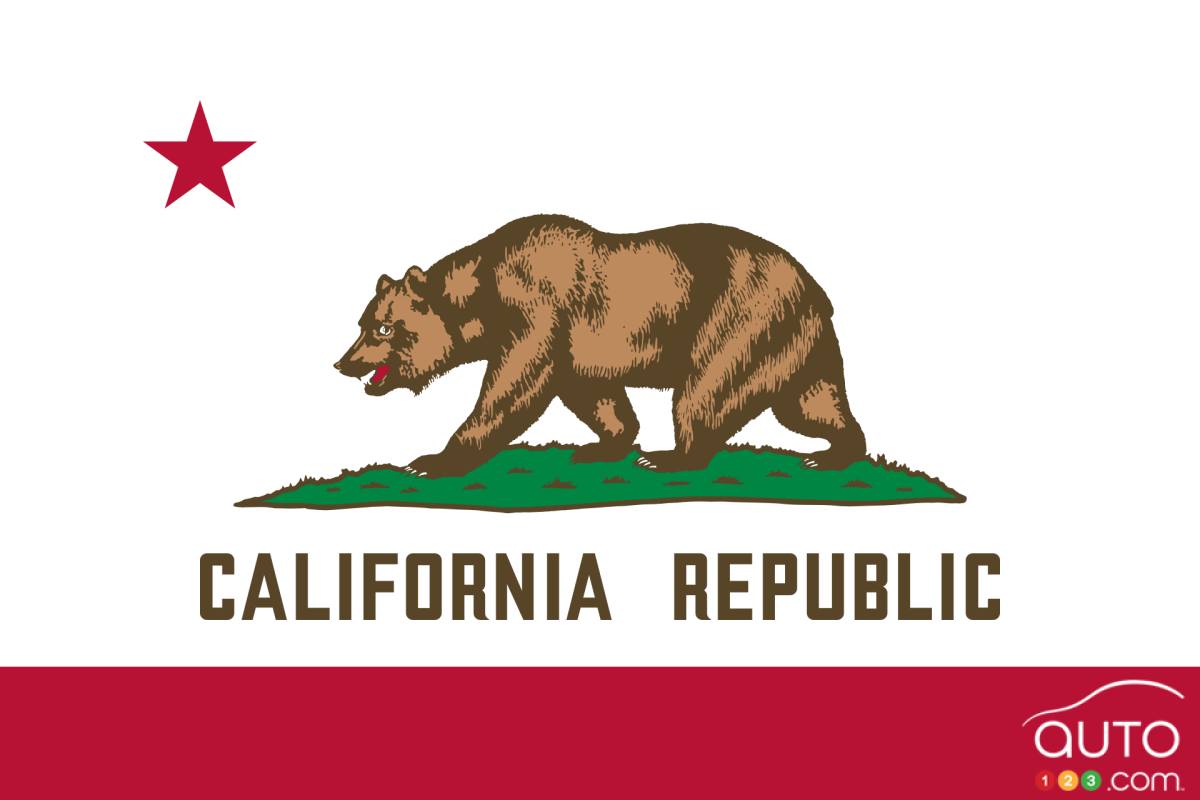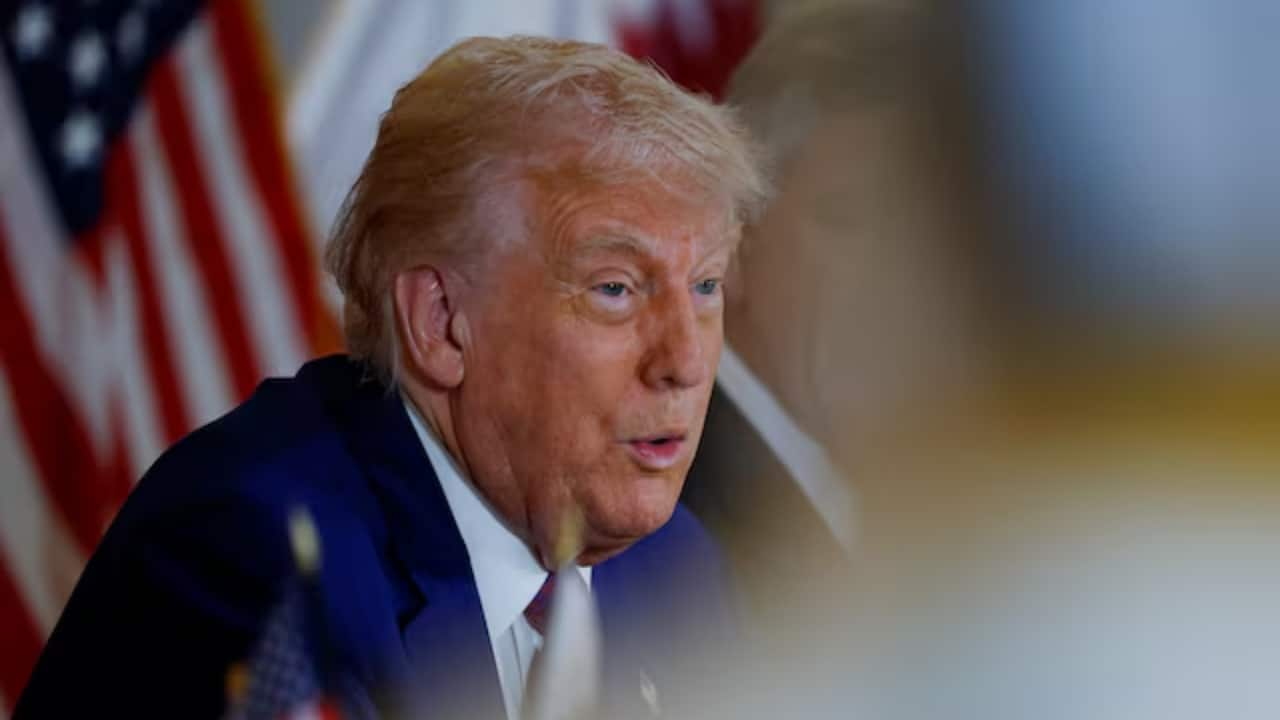Trump threatens a 50% tariff on the EU

CNN —
President Donald Trump on Friday threatened a 50% tariff on goods from the European Union, citing a lack of progress in current trade negotiations.
“Their powerful Trade Barriers, Vat Taxes, ridiculous Corporate Penalties, Non-Monetary Trade Barriers, Monetary Manipulations, unfair and unjustified lawsuits against Americans Companies, and more, have led to a Trade Deficit with the U.S. of more than $250,000,000 a year, a number which is totally unacceptable,” he wrote in a Truth Social post Friday morning.
“Our discussions with them are going nowhere!” Trump wrote.
“Therefore, I am recommending a straight 50% Tariff on the European Union, starting on June 1, 2025.”
Olof Gill, a spokesperson for the European Commission, declined to comment immediately, saying he was waiting until after a call between Maroš Šefčovič, European Commissioner for Trade, and US Trade Representative Jamieson Greer. Gill did not specify when the call is taking place. Reuters reported it’s set to occur at 11 a.m. ET on Friday. A USTR spokesperson didn’t respond to a CNN request for comment.
Shortly after Trump’s Truth Social post on Friday morning, Treasury Secretary Scott Bessent said in a Fox News interview that the “EU proposals have not been of the same quality that we’ve seen from our other important trading partners.”
“I’m not going to negotiate on TV, but I would hope that this would light a fire under the EU,” Bessent said, adding that the “EU has a collective action problem.”
The three major European stock market indexes fell sharply after Trump’s post: The benchmark STOXX 600 index was down 1.7%. Germany’s DAX fell 2.4% and France’s CAC index slid 2.2%. London’s FTSE index was 1% down. US stocks also slid, with the Dow opening lower by 480 points, or 1.15%.
The tariff Trump is considering slapping on the EU is more than double the size of the 20% initial “reciprocal” tariff that was briefly in place in April before he swiftly paused those tariffs to allow for further negotiations.
The pause is set to expire on July 9. Since the pause, the only trade deal that’s been announced is with the United Kingdom. Bessent declined to share which country could be next to ink a deal with the US. However, he said talks are “far along with India,” and many Asian countries have presented “very good deals.”
“There are 18 important trading partners and, I would say, with the exception of the EU, most are negotiating in very good faith,” he said.
As he highlighted in his Truth Social post, the president takes particular issue with “non-monetary trade barriers,” as he has repeatedly called them; as well as countries or trading blocs that run trade deficits with the US. Those occur when the US purchases more from another trading partner than that country purchases from the US.
Last year, the US ran a $236 billion trade deficit with the EU, according to US Commerce Department data. That’s higher than the figures Trump cited.
Regarding non-monetary trade barriers, Trump has called out the EU for having value-added taxes (VATs) as well as digital service taxes (DSTs).
VATs are consumption taxes that are calculated such that consumers pay for all taxes that went into building the end product they purchase. However, when the EU exports goods to the US, for instance, a VAT is remitted. Meanwhile, when the US exports goods to the EU, those goods will be charged a VAT.
DSTs tax the gross revenue that online firms collect from offering services to users. A country with a DST would be able to tax all revenue collected by large companies that operate online — even if the business is unprofitable. That can include what they collect from selling data, advertising, as well as payments they receive for subscriptions, software and other kinds of online services users pay for.
American firms, namely Big Tech companies such as Meta, Apple, Google, Amazon and Microsoft, are disproportionately affected by DSTs, according to a report published last year by the nonpartisan Congressional Research Service.
Trump’s comments came after another trade-related post on Truth Social that threatened a 25% tariff on Apple if it continues to make the iPhone overseas.
The president met with Apple CEO Tim Cook earlier in the week — and also during his trip to the Middle East the week before. Bessent told Fox News Friday that he also spoke to Cook, and the discussions went well. So it’s unclear what prompted Trump’s morning trade war ramp-up.
Cook had previously said that Apple would relocate iPhone production for the United States to India from China to pay a lower tariff cost. Yet Trump last week and on Friday said he was upset that Apple wasn’t making iPhones in the United States.
This story has been updated with additional developments and context.








